Pharmacists are healthcare professionals who are medicine experts and ensure patients receive the right medications at the correct dosages. But beyond the professional satisfaction, how much can a pharmacist expect to earn in USA?
This article explores the average pharmacist salary, dives into factors affecting that number, and offers tips to increase your earning potential.
Defining the Pharmacist:
In USA, pharmacist is a licensed healthcare professional who specializes in the safe and effective use of medications. Here’s a breakdown of their key roles and responsibilities:
Medication Experts: Pharmacists possess in-depth knowledge of drugs, including their mechanisms of action, interactions, side effects, and proper dosages.
Dispensing Medications: Pharmacists are responsible for accurately filling prescriptions written by doctors.
Patient Education: A crucial aspect of a pharmacist’s job is educating patients on how to take their medications safely and effectively.
Safety Checks: They double-check prescriptions for accuracy, identify and prevent potential drug interactions, and monitor patients for any adverse reactions.
Additional Services: Pharmacists may also provide additional services like vaccinations, medication reviews, and consultations on managing chronic conditions.
Licensing and Education:
To become a licensed pharmacist in the U.S. individuals must complete a Doctor of Pharmacy (Pharm D) degree program. Passing the NAPLEX, MPJE (or state-specific exams), and completing internship hours are all required, before finally being able to work as a pharmacist.

Pharmacist Salary: A Spectrum of Opportunity
The good news? Pharmacists are well-paid professionals with a promising salary outlook. According to the U.S. Bureau of Labor Statistics (May 2023)1, the annual median salary for Pharmacists is $136,030.
In U.S. Pharmacists earn salaries ranging from $89,980 to $168,650 annually. That’s significantly higher than the national median salary for all workers.
Top 10% earners: Exceed $168,650 annually
Bottom 10% earners: Make less than $89,980 annually
Projected annual median salary for pharmacist in 2024-2025 (with 2.5% increase) is $139,430
The median annual wages for Pharmacist in the top industries
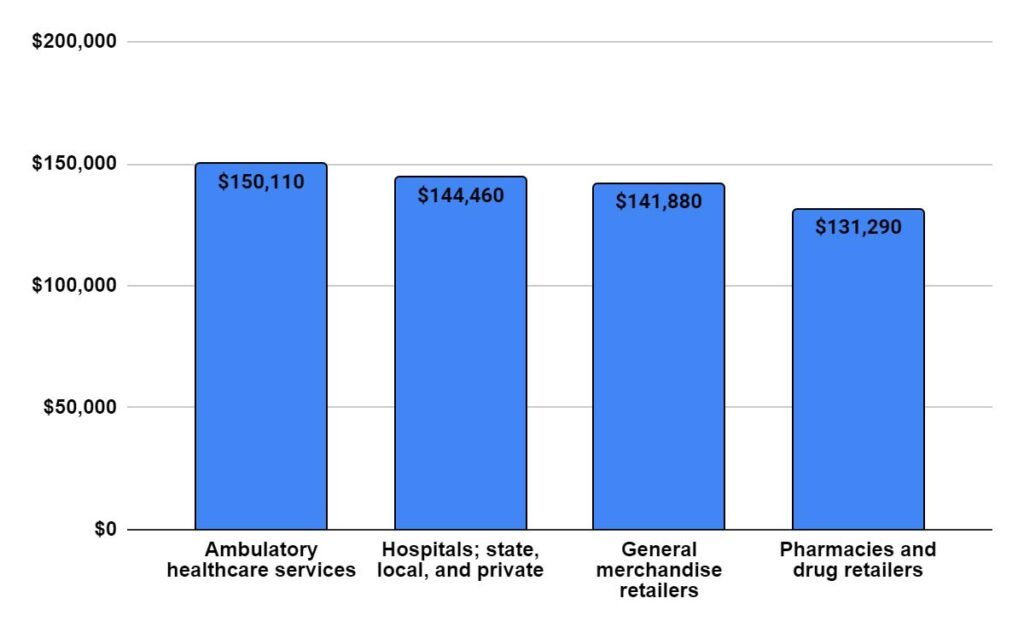
Chart 1: Median annual wages for Pharmacists in the top Industry (U.S. BLS May 20232)
This wide range highlights the diverse factors that influence a Pharmacist’s income. We will be discussing those factors below.
Top paying Industries for Pharmacists in USA
The U.S. Bureau of Labor Statistics (BLS) data reveals that registered Pharmacists working in the Outpatient Care Centers earn the highest annual salaries, exceeding $164,000 annually (U.S BLS)3.
Other high-paying industries include other miscellaneous retailers, home healthcare services, management companies, and psychiatric and substance abuse hospitals.
Other high-paying industries include Retailers, Home Health Care Services, Management of Companies and Enterprises, and Psychiatric and Substance Abuse Hospitals.
| Industry | Hourly mean wage | Annual mean wage |
| Outpatient Care Centers | $ 78.93 | $ 164,180 |
| Other Miscellaneous Retailers | $ 74.14 | $ 154,200 |
| Home Health care Services | $ 70.36 | $ 146,350 |
| Management of Companies and Enterprises | $ 70.19 | $ 145,990 |
| Psychiatric and Substance Abuse Hospitals | $ 69.92 | $ 145,440 |
Industry with the highest employment level for Pharmacist
The most number of pharmacists are employed in health and personal care retail chains, followed by general medicine and surgical hospitals.
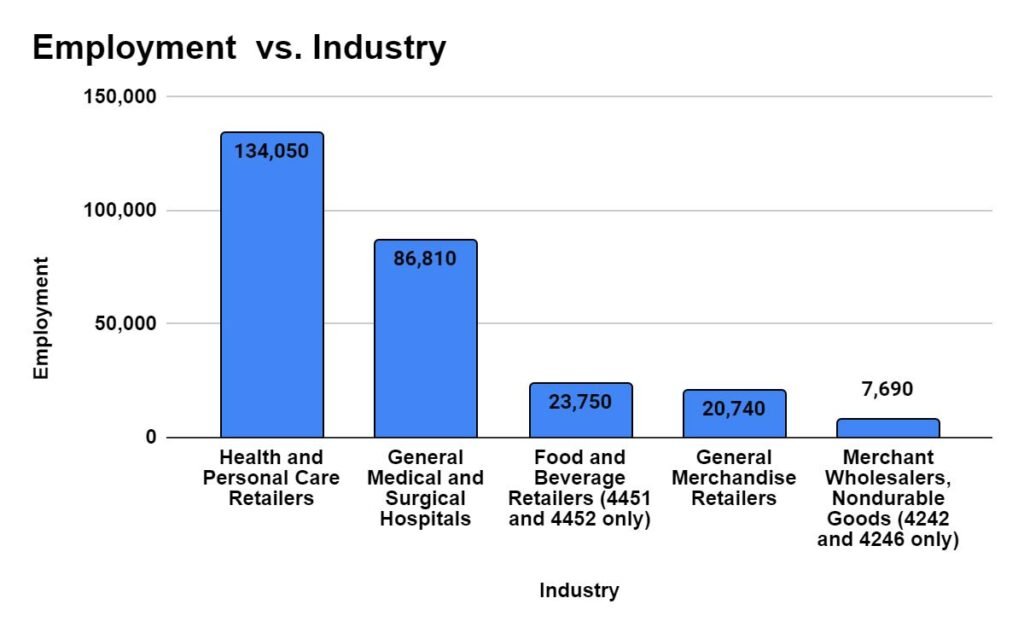
Chart 2: Industry with the highest employment level for pharmacist
Top paying U.S. States for Pharmacists
California leads the pack with the highest annual mean wage of $151,280 for Pharmacist. Following closely are Alaska and Oregon, offering wages exceeding $140,000 annually (U.S BLS)4.
| Top paying States | ||
| State | Hourly mean wage | Annual mean wage |
| California | $ 75.62 | $ 157,280 |
| Alaska | $ 72.89 | $ 151,600 |
| Oregon | $ 71.90 | $ 149,550 |
| Washington | $ 71.42 | $ 148,550 |
| Minnesota | $ 68.85 | $ 143,210 |
Click Here To View Wages in All U.S. States
States with the highest employment level for Pharmacist
In U.S. California leads in employing the pharmacists, followed by Texas and Florida.

Chart 3: States with the highest employment level for Pharmacists
Pharmacists Take-Home Pay
Understanding Your Take-Home Pay:
After factoring in federal and state taxes a Pharmacist with a state-wise annual mean salary would have an estimated net income/take-home pay as follows:
Taxes and take-home pay estimate for a single filer
California: $157,280 (Annual mean wage) – $38,707 (Estimated income tax) = $118,573 (Estimated take-home pay)
Texas: $133,600 (Annual mean wage)– $22,140 (Estimated income tax) = $111,460 (Estimated take-home pay)
New York: $133,040 (Annual mean wage) – $29,284 (Estimated income tax) = $103,756 (Estimated take-home pay)
More taxes can be saved by contributions in IRA, retirement, itemized deductions such as charitable contributions, medical and dental expenses.
Expenses and Savings Potential
The average annual expenses for a single person household in New York are estimated at $46,584 excluding taxes, according to estimates from the Massachusetts Institute of Technology.7 (The figures are measured in 2023 inflation-adjusted dollars)
Based on this estimate, a pharmacist earn the take home pay of $103,756 could potentially save $57,172 annually. It’s important to note that individual expenses can vary significantly depending on lifestyle choices and location.
Savings for Married Couples/Households:
While the data provided doesn’t explicitly detail salary savings for married couples or households, it’s important to consider that combined incomes and potentially shared expenses could significantly increase overall savings potential.
Beyond the Base Wages
Total pharmacist compensation goes beyond the hourly or annual wage. Organizations and health facilities offer additional benefits such as:
Housing stipends: Provides financial support for housing during your placement.
Meal stipends: To help with daily meals.
Travel allowances: To reimburse travel expenses incurred during relocation.
Health insurance: Comprehensive health insurance coverage for you and your dependents.
Paid time off: Vacation days and sick leave.
Childcare assistance: Childcare assistance programs to help employees manage this significant expense.
Life insurance: This benefit provides financial protection for an employee’s family in the event of their death.
Disability insurance: This benefit provides income to an employee who is unable to work due to a disability.
Continuing education reimbursement: Support for professional development and training.
Retirement savings plans: Retirement planning gets a helping hand with employer-sponsored plans like 401(k)s. These plans offer tax advantages for saving. Employers may also match employee contributions.
Factors Affecting Pharmacist Salary
Several factors can affect your pharmacist’s paycheck:
Experience: As with most professions, experience plays a significant role in determining salary. New Pharmacists typically earn less than their seasoned counterparts.
Specialization: Pharmacists with specialized training or certifications, such as oncology pharmacists or nuclear pharmacists, can potentially earn more.
Location: Geographic location significantly impacts Pharmacist salaries. States like California, Washington, and Oregon offer some of the highest pay, while others may offer lower wages.
Industry Type: Wholesale Trade Agents and Brokers earn more. The type of healthcare facility, such as a hospital or clinic, can also influence salary.
Contract Details: The specific terms of the employment contract, including factors like housing stipends, overtime pay, and benefits, can affect the overall compensation package.
Boosting Your Salary: Skills and Tips
So, how can pharmacist maximize their salary? Here are some tips:
Education and Certifications: Additional qualifications and specialty certifications can boost your earning potential.
Sharpen Your Skills: Develop expertise in areas like medication therapy management, adherence counseling, or clinical research.
Consider Specialization: Specialize in a particular area like oncology, geriatrics, or pediatrics.
Negotiate Your Salary: Don’t be afraid to negotiate your salary during the job offer stage. Research market rates for pharmacists with your experience and qualifications.
Take on Leadership Roles: Consider pursuing leadership positions within your pharmacy department or seeking management opportunities.
Continue Learning: Stay up-to-date with the latest advancements in pharmacy by attending conferences and pursuing continuing education opportunities.
Conclusion:
A career in pharmacy offers not only personal fulfillment but also the potential for a rewarding salary. By understanding the various factors that influence salary and carefully managing expenses, Pharmacists can make informed decisions and pave the way for a rewarding and financially secure career path.
Share This Article
Note:
This article provides general information only and should not be considered financial advice: Your individual circumstances and specific job offer details will significantly impact your actual earnings.
Seek professional guidance: Consulting with a financial advisor can provide personalized advice on managing your finances and maximizing your savings potential.
Sources:
- U.S. Bureau of Labor Statistics (May 2023): https://www.bls.gov/oes/current/oes291051.htm#st ↩︎
- U.S. BLS May 2023: https://www.bls.gov/ooh/healthcare/pharmacists.htm#tab-5 ↩︎
- U.S. Bureau of Labor Statistics (May 2023): https://www.bls.gov/oes/current/oes291051.htm#st ↩︎
- U.S. Bureau of Labor Statistics (May 2023): https://www.bls.gov/oes/current/oes291051.htm#st ↩︎
- Estimates for detailed occupations do not sum to the totals because the totals include occupations not shown separately. Estimates do not include self-employed workers. ↩︎
- Annual wages have been calculated by multiplying the corresponding hourly wage by 2,080 hours. ↩︎
- Massachusetts Institute of Technology: https://livingwage.mit.edu/states/36 ↩︎


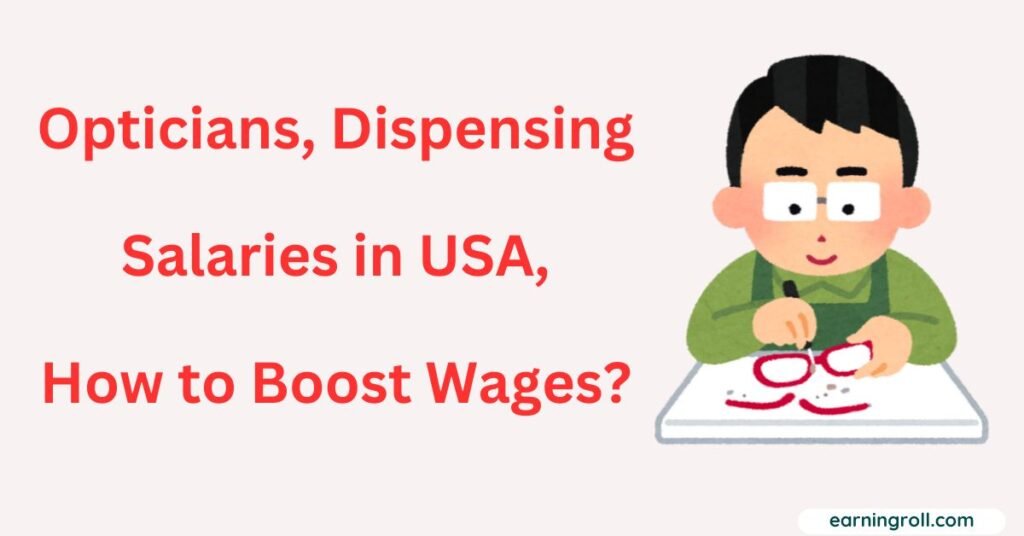
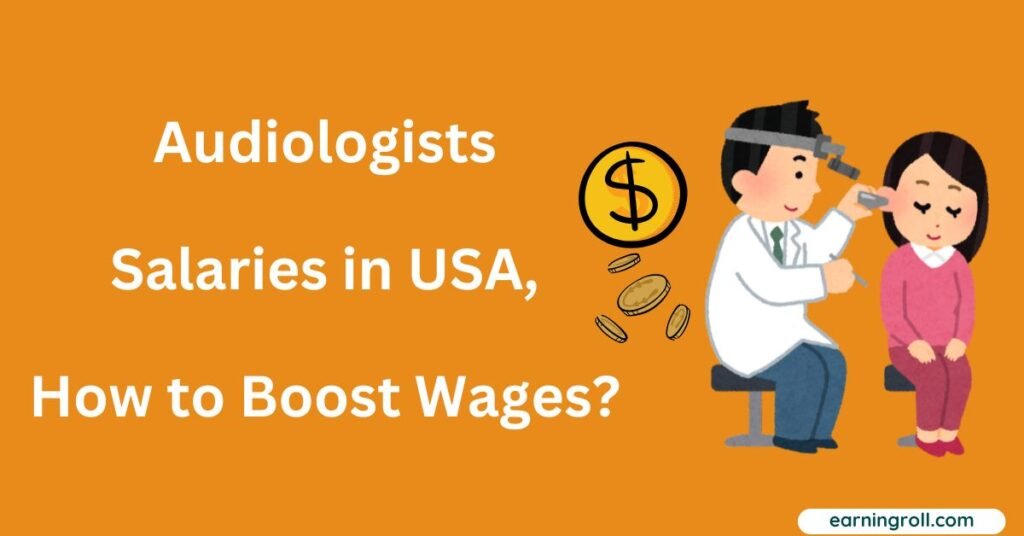

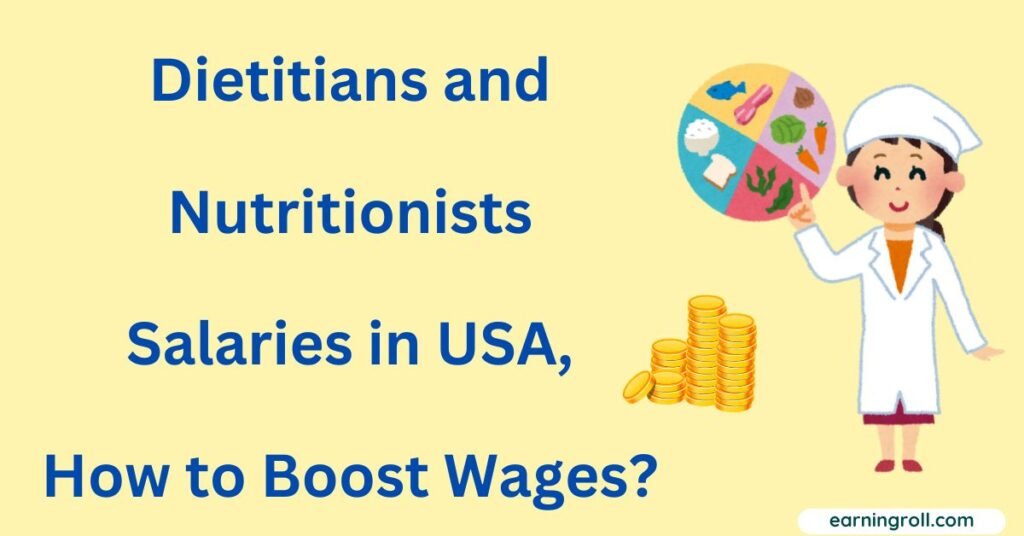

Include more us states. Inform pharmacist salary in Mn.